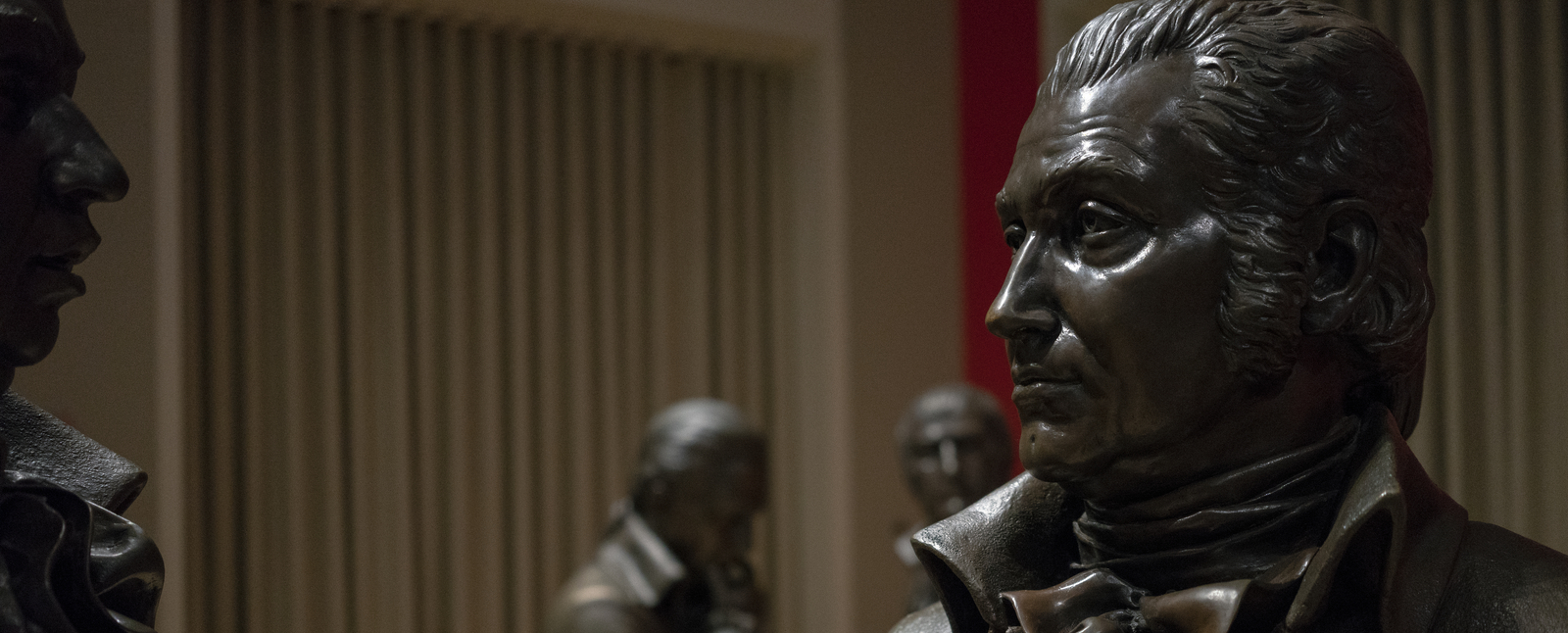Iconic Sites of the War for Independence That You Can Explore
As we approach the 250th anniversary of the nation’s independence, there’s renewed interest in how we achieved it — and in the places where it happened. Here’s where you can go in 2026 (or any time) to learn about and reflect on this defining period in American history.
If you live in the Eastern U.S., you probably don’t have to travel far to find signs (literally) of the Revolutionary War. It’s estimated that there are more than 2,000 markers describing meeting sites, battlegrounds, forts, homesites, heroes and other aspects of the war, many erected by the Daughters of the American Revolution. It’s always worth pulling the car over to take a look.
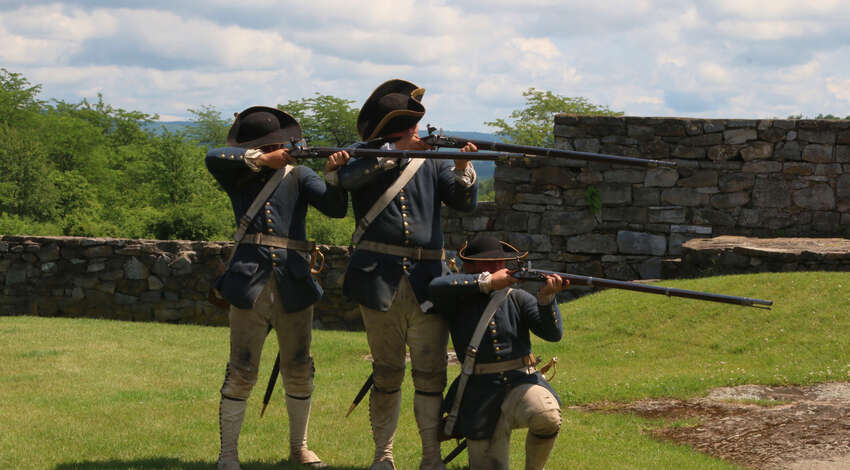
Battlefields and Forts
For a more immersive experience, explore one of the battlefield sites maintained by the National Park Service. Those include Saratoga in New York as well as Cowpens and King’s Mountain in South Carolina.
There are also forts — or remnants of them — that you can visit, including Ticonderoga, Clinton and Montgomery in New York and Mifflin in Pennsylvania.
Living History
If you prefer your history brought to life, you might attend a Revolutionary War reenactment. You can find notable ones at Old Sturbridge Village in Massachusetts, at Fort Frederica on Georgia’s St. Simon’s Island and at Yorktown, Va., which holds the nation’s largest reenactment annually.
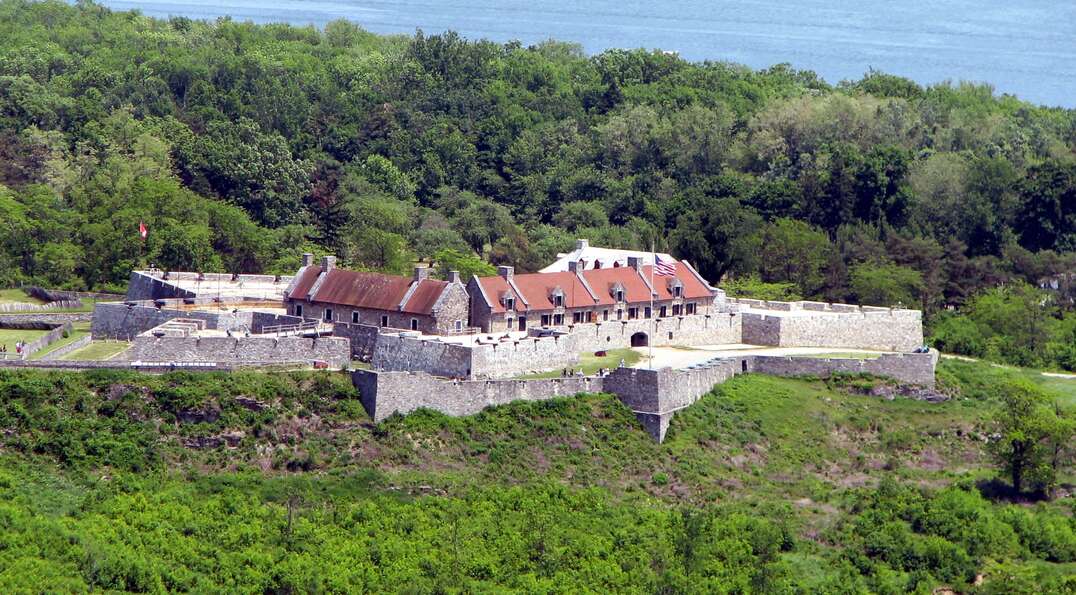
Fort Ticonderoga, New York
The Big Three
We come finally to the iconic sites engrained in our memories as essential to the story of American independence. Most of them are centered around three areas.
Boston
We learned about them as schoolchildren: Boston Harbor, site of the Tea Party that ignited revolutionary fervor; the Old North Church, where lanterns warning of the British approach prompted Paul Revere’s famous ride; Faneuil Hall, site of fiery speeches by Sam Adams and others; Lexington and Concord, where colonists first engaged the British in earnest; and the Battle of Bunker Hill (which, history teachers were always fond of pointing out, was actually fought on nearby Breed’s Hill).
You can explore these sites and learn more about their history on the Road Scholar program Boston: Birthplace of American Liberty.
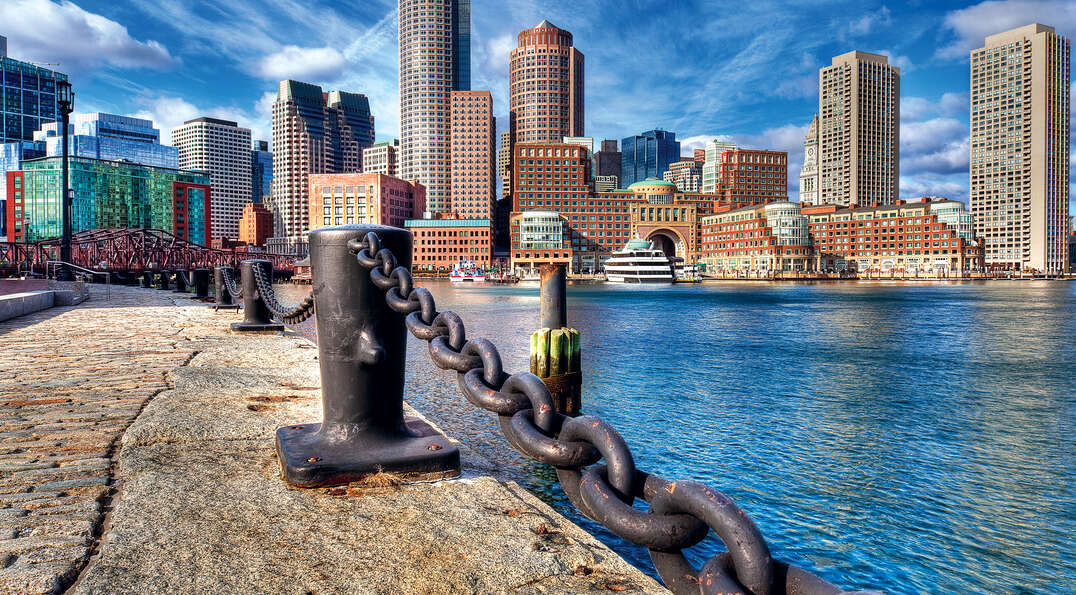
Boston Harbor, Massachusetts
Philadelphia
As hostilities were breaking out in and around Boston, the Second Continental Congress was convened at Independence Hall in Philadelphia. It was there that the Continental Army was founded in 1775, that independence was declared the following year, and that much of the hard work of creating a republic and writing a constitution was done as war raged outside the city.
On the Road Scholar program The American Revolution from Philadelphia to Trenton, participants have the opportunity to explore Independence Hall and other historic sites in the city, and venture to Valley Forge and Washington Crossing on the Delaware to learn about some of the war’s most pivotal events. The program also includes time at the Museum of the American Revolution, home to thousands of artifacts — among the most stunning of which is George Washington’s original command tent.
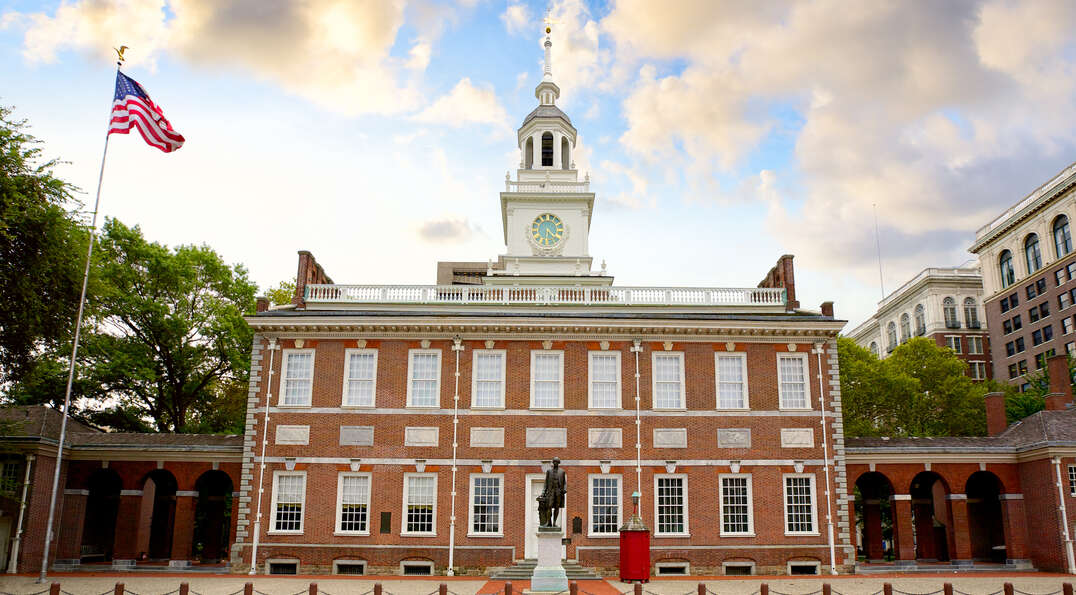
Fort Mifflin, Pennsylvania
Virginia
Four of the nation’s Founding Fathers from Virginia went on to become president, and their homes are highlights of the Road Scholar program Virginia, Mother of Presidents: Seven Historic Sites. The program begins at Mount Vernon, where participants learn about George Washington, not just as commander of the Continental Army and our first president, but as a civilian engaged in diverse enterprises. Next is Highland, the home of James Monroe, the fifth U.S. president, who had earlier joined the Continental Army and nearly died in battle. Monroe’s home is modest, certainly in comparison to Monticello, a UNESCO World Heritage site and the estate of Thomas Jefferson, considered the author of our independence. The program explores Jefferson’s complex legacy before moving on to Montpelier, home of James Madison, co-author of the Federalist Papers and our fourth president. (For reference, the other presidents whose homesites are part of the program are John Tyler, William Henry Harrison and Woodrow Wilson.)
As we approach our semiquincentennial, those are just some of the places where you can connect with the epic struggle for independence and the birth of the American Idea. Which should you choose? Whichever ones you like. After all, it’s a free country.
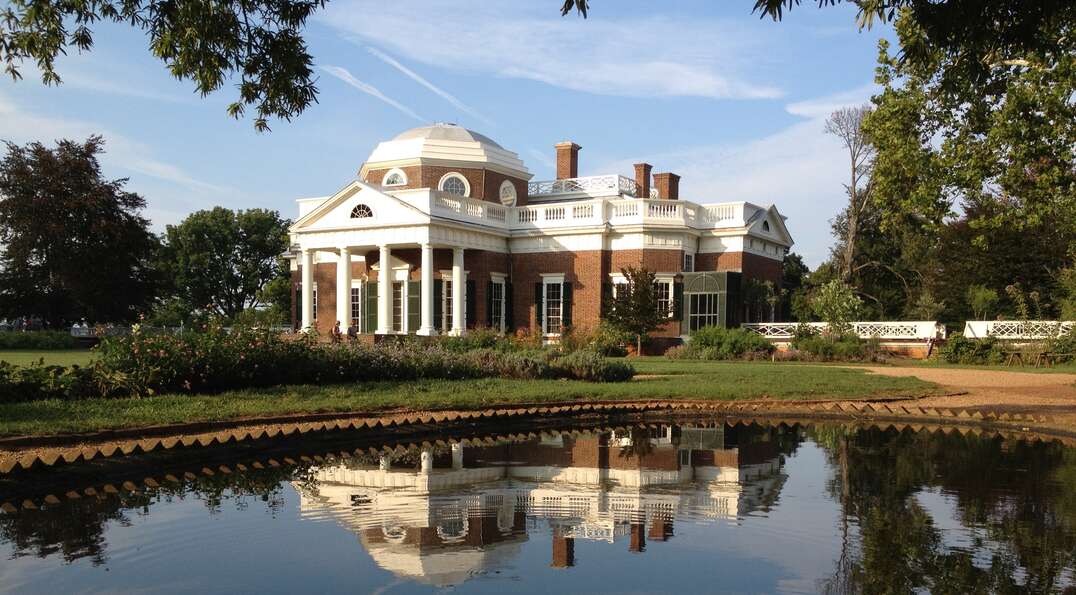
Monticello, Virginia
Go beyond the history books and discover the American Revolution for yourself. The defining moments of our nation’s birth are preserved in the historic streets, battlefields, and meeting houses waiting to be explored. This is your invitation to journey back in time and see these sites through the eyes of a scholar, not just a sightseer.


